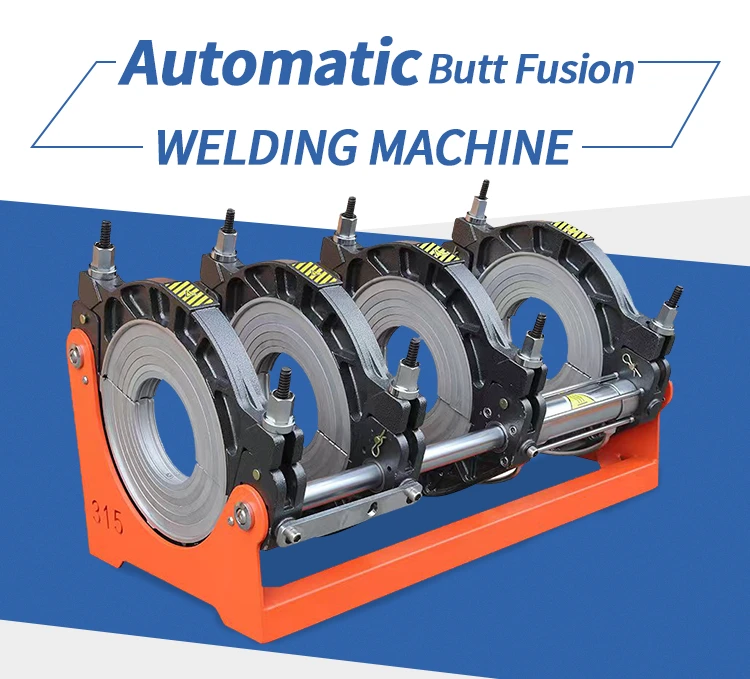The properties of the parts to be welded, such as the fusion time, are recorded via barcodes on the parts. The electrofusion control unit (ECU) provides the electrical energy required to heat the coils. When the coil is energized, the material adjacent to it melts and forms an expansion pool that contacts the surface of the pipe. Continued introduction of thermal energy results in melting of the pipe surface and mixing of pipe melt and fitting melt occurs; this is essential to produce a good weld. After the thermal cycle is complete, the fittings and pipes cool and the molten material solidifies to form a strong joint.
728638.webp)
Hot and cold zones, sometimes called melting and freezing zones, are formed after the coil is energized. The length of these regions is particularly important. Each zone ensures that the fusion is controlled over the precise length of the splice socket and that the melt pressure is also controlled throughout the joining process. Precisely controlled spacing and positioning of the coils relative to the inner surface of the socket ensures even heat distribution.
167965.webp)
The basic fusion parameters: temperature, pressure, and time, are controlled by an ECU programmed to establish these parameters based on barcodes read from the fitting itself. The ECU also provides a permanent record of the procedures followed.
A compact ECU is now available to safely perform in-trench electrofusion welding with just one person.
996.webp)
321.webp)
253.webp)
646.webp)
107.webp)
467.webp)







659.webp)
210.webp)


